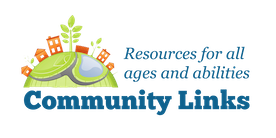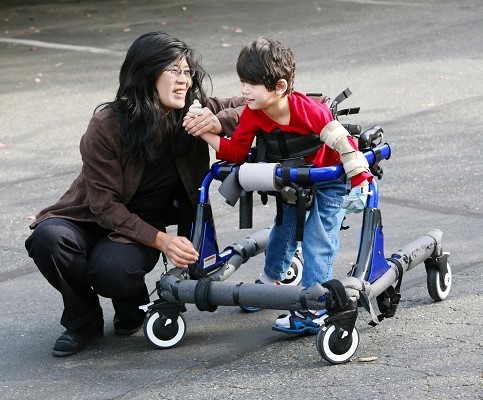The financial burden facing families that must care, support, and advocate for loved ones with disabilities is truly daunting. Not only is necessary assistive technology very expensive, but also the extra time required to care, support, and advocate for your loved ones can affect your capacity to earn money. This page is designed to introduce you to Medicaid Waivers and show you how they can help your loved one receive the assistance they want and need to live an everyday life. Navigating all of the waivers is often confusing and time-consuming, so we aim to make waivers more understandable for you. Medicaid Waivers are available throughout all ages of someone’s life, so check out our waiver pages for Early Childhood and for Adults if they pertain to you.
What are Medicaid Waivers?
At a glance, Medicaid Waivers refer to the ability of states to waive certain requirements for obtaining federal funding to meet the needs of a target population. For example, someone with a disability requires a ramp to be installed in their home for better accessibility, but their insurance will not cover it and ramps are not specifically covered by Medicaid. That person can apply for a waiver to get the ramp paid for by Medicaid. For more information regarding waivers for home modifications, check out this site from Paying for Senior Care. To get a sense of all the services and needs that Medicaid Waivers could cover, check out this page from the HIE Help Center. It is important to keep in mind the services and needs that you require when choosing the correct waiver form. For example, some waivers may cover home modifications, but without also needing personal care services, such as cleaning or bathing, you would not qualify for that specific waiver. The ideology of Medicaid Waivers is quite straightforward, and you can read this article from Assisted Living Today for a more thorough understanding of what it is. There are a few different types of waivers, but for the purposes of providing funding for long-term care, you only need to consider Section 1915(c) waivers — Home and Community-Based Services (HCBS). Within HCBS waivers, there are many different forms depending on the nature of care required, type of disability, and age (forms differ for those under 3 and those 3 and over).
How do I Apply for Waivers for People School Age and Younger?
After understanding how waivers can be of use to you, you need to familiarize yourself with the agencies that can help you apply for waivers and the agencies that can help you process these waivers. You will notice that the Assisted Living Today article above includes some steps you need to take in order to apply for waivers. To reiterate, you must first apply for Medicaid and then request an intake for a HCBS waiver. To apply for Medicaid in Pennsylvania, visit the COMPASS website, and keep in mind that eligibility for Medicaid Waivers is dependent on the income of the child only. If you need assistance, visit this page for COMPASS contact information.
Check out the PA Office of Development Programs (ODP) site for information regarding waivers and a better understanding of their mission. There are also reports on this page, some of which can be dry and difficult to read through, but others can be very insightful, especially “Everyday Lives: Values in Action.”
The ODP is part of a larger department in Pennsylvania called the Department for Human Services (DHS). Visit the two pages Support Services Waivers and Waiver Information on their website to gain insights to the types of waivers offered in PA, their eligibility requirements, and what the forms consist of.
Aside from the government sites, consider visiting this site from Kids’ Waivers, which consolidates a lot of information about waivers for kids in PA into one place. It includes information on how to apply, descriptions about each type of waiver, and direct links to the specific government page related to each waiver form.
ODP Waivers:
Apply through your county MH.IDD office, which we have linked in our County MH.IDD page.



